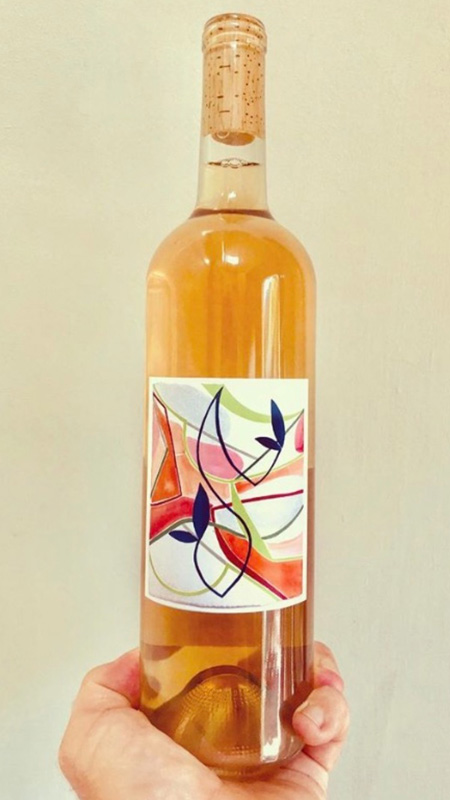If oats can be milk, then rosé can be an act of protest.
Hear me out.
Last summer a friend came to me for wine help. July was nearing to a close, and he felt lost in a salmon pink prison of his own making — a Bermuda Triangle of bland Provençal-style rosé. “There must be something else,” he muttered. “Something more.” That’s when he looked at me and asked, “What is the opposite of Whispering Angel?”
This struck me as a deeply philosophical question — and I was therefore surprised to find myself offering an immediate response: white zinfandel.
His expression told me that his deepest fears had been realized — Bermuda Triangle, indeed. Even to me it sounded like madness. White zinfandel? I might as well have said that pasta primavera was the secret cure for chicken pox. Yet in the settling silence, my logic became clear.

You see, I wasn’t talking about the original white zinfandel, that hypnotically smooth rosé popularized by Sutter Home in the 1970s. Instead, I was referring to the new wave of bone-dry white zinfandels that had begun to emerge from California’s natural wine circles. These small-batch renditions were tongue-in-cheek homages to the original — winking commentaries on the state’s industrial ambition and folksy mystique.
Apart from the fact that both are rosés made from zinfandel grapes, the two are different in every way. Whereas the original is sweet and perfumy, the reboots are brisk and life-affirming — like getting caught in a spring rain with an attractive stranger. If the old white zin symbolized the homogeneity of industrial wine, the new one embodies the raucous and idealistic world of American natural wine — a community of mission-driven producers who are drawing new lines around ethical responsibility and freedom of expression.
Which returns us to my friend’s question. Where does Whispering Angel fit in? Considering that it’s both highly processed and mass-produced (with several million bottles produced annually), it has much more in common with Sutter Home’s factory-made white zinfandel. But unlike the latter, which clearly signals its industrial origins with everything from its screw cap to the $5 price tag, Whispering Angel relies on sleight-of-hand marketing, presenting a contrived sense of European luxury.
At $20 or more a bottle, you’re better off stocking up on Sutter Home. On the other hand, if you’re looking to up your summer rosé game this summer, try something with a sense of humor, courage and adventure — a wine with a person on the other end. Like white zinfandel.

Ardure 2018 Blush of Zinfandel — Dry Creek Valley, CA
As pure and natural as rosé gets — from sommelier-turned-vigneron Jason Ruppert. It’s like a magical watermelon slice that never ends (goodbye, flavorless white part). 75 cases produced. $23.
Brock Cellars 2019 White Zinfandel — Sonoma County, CA
Chris Brockway is a pioneer of the white zin revival. The 2019 is hand-harvested, foot-stomped, and partially aged in sandstone jars. The 25% Trousseau Gris gives extra freshness and vigor. 400 cases produced. $28.
A native of West Tisbury, Sam Decker is a writer, sommelier, and co-founder of Wine + Peace (wineandpeace.com), a website that lets consumers purchase responsibly made wines directly from small producers across the U.S. Follow along at @drinkwineandpeace.

